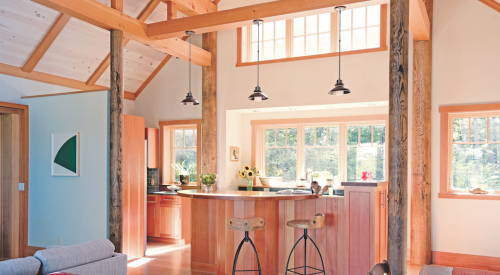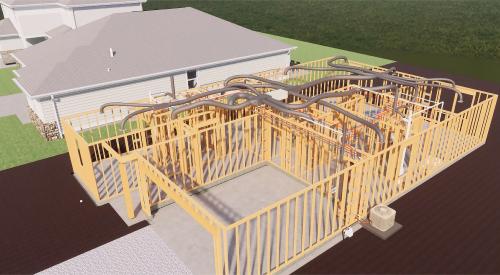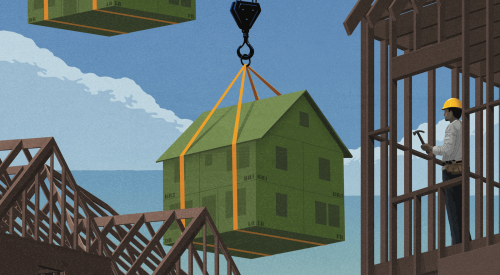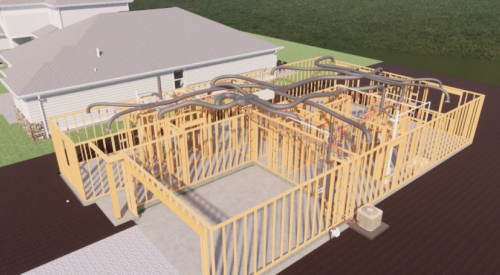Modular home building is a construction process that may prove to have a lasting solution for the current affordability crisis, as startups bring this manufacturing method to multifamily construction.
Tom Hardiman, executive director of the Modular Building Institute (MBI), calls modular a construction process, rather than a construction project, with a range of benefits, including speed. “We’re talking anywhere from 30 to 50 percent shorter construction schedules,” says Hardiman, whose company relies on tools such as Autodesk BIM 360 and Revit. “On a traditional site, you do all your foundation work, then you start building the first floor, then the second floor, and so on. With modular, the building is being constructed off-site while you’re doing the foundation work.” Greater financial stability is another primary benefit, “There are major cash-flow advantages,” Hardiman says. “If I’m a housing authority or a multifamily developer, I can get renters moved in sooner,” Arch Daily reports.
Modular building won’t just fast-track revenue; over time, it might also cut costs. “Whenever you repeat a manufacturing process, you improve it,” says Roger Krulak, CEO of FullStack Modular, a New York–based manufacturer of high- and mid-rise modular buildings. “Although they don’t all look alike or even have the same program, all modular buildings have the same general makeup. Because you’re repeating the same processes over and over again, you gain efficiencies, and that can drive costs down.”













